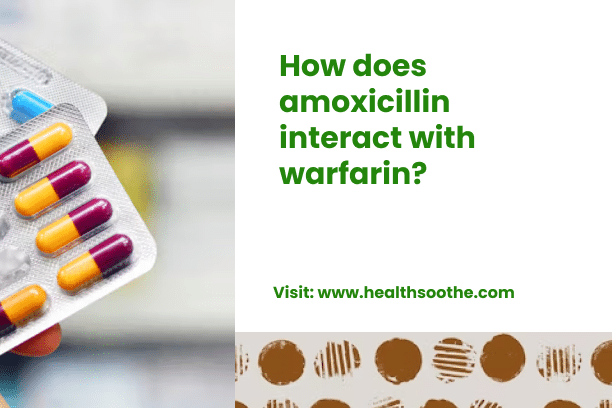Drug addiction is a disease that occurs in the case of systematic use of substances included in the list of drugs and is manifested by mental and physical dependence on them.
The last decade has seen a rapid increase in drug addiction among the population. A significant number of young people and adolescents are involved in the circle of drug users. It is in adolescence, as a rule, that drugs are used for the first time, as the specialists from drug rehab hotlines say. Therefore, it is very important to be able to notice and distinguish early signs of drug use, when the problem has not yet become chronic and is much easier to treat. Call a national addiction hotline to find out more information on drug use.
The most common drugs are:
- cannabis preparations (cannabinoids);
- opium preparations (opiates);
- psychostimulants (amphetamines).
The most common ways of drug use:
- smoking (hashish, marijuana, heroin, etc.);
- intravenous administration of narcotic substances (extract from poppy straw, heroin, ephedrine, etc.);
- use of tablet forms (ecstasy, methamphetamine, etc.);
- inhalation (heroin, marijuana, hashish, etc.).
Early signs of drug use can vary, depending on which drug, in what quantity and in combination the adolescent uses. Depending on the adolescent’s condition (intoxication, withdrawal, or in between drug use), early signs of drug use may vary. These conditions are characterized by the following features:
- intoxication after cannabis use (marijuana, hashish or slang names – plan, drape, weed, nonsense, etc.);
- hashish intoxication: 5-15 minutes after smoking there is a feeling of high spirits and a surge of energy, severe hunger and thirst.
The mental state of intoxication ranges from unmotivated fun, laughter, slowness to anxiety, fear, and aggression. The intoxicated pupils are dilated, they shine, the skin is pale, and the lips are dry. Muscle cramps and hallucinations may occur. Intoxication ends with heavy sleep, weakness, and apathy.
In the intervals between the use of these drugs in the early stages, no significant changes in the behavior of adolescents are observed. One or two months after regular (daily) use of cannabinoids, the following symptoms may occur: spoiled or unreasonably altered mood, impotence is replaced by irritability, aggression, disturbed sleep (daytime sleepiness), headache, chills, sweating, tremor, increased blood pressure.
Intoxication caused by opiates (poppy straw extract, heroin, etc.) leads to euphoria (increased mood), a pleasant feeling of comfort and relaxation, the pupils are sharply narrowed, the face and neck turn red, there is itching of the skin, mainly facial skin. When intoxicated, teenagers are sedentary, looking for solitude and peace. If necessary, they can easily hide all signs of intoxication, except for sharply narrowed pupils.
When you get out of the state of intoxication, the pupils are dilated, nausea, vomiting, pain in various parts of the body, fever, increased heart rate, fluctuations in blood pressure, insomnia, and nasal discharge may occur. A mental state is characterized by irritability and unstable mood.
Addiction to opiates occurs very quickly, especially with intravenous administration. Due to the rapid onset of addiction, adolescents often try to leave home, despite parental objections. Often artificially provokes conflict situations to take advantage of them and leave home.
Intoxication that occurs after taking psychostimulants (amphetamines – ecstasy, methamphetamine, ephedrine, etc.):
- with this type of intoxication increases physical activity, there is euphoria, feelings of “weightlessness”, attention is quickly distracted, increased sexual desire, there is a lack of desire to sleep, dilated pupils, muscle tremor, pale face, and high blood pressure.
Getting out of amphetamine intoxication is accompanied by impotence, pain in various parts of the body, prolonged heavy sleep, increased appetite, tachycardia, gloomy mood, and aggression. In the intervals between the use of drugs in this group, the behavior of adolescents is similar to the behavior of opiates, the drug help hotline says. Call rehab and find out the ways of detoxication.
Early signs of drug use, regardless of the type of drug, may include the following changes in adolescent behavior, character, and physiology, according to the addiction helpline:
- unjustified disappearance of a teenager from home for a long time;
- skipping classes at school, reducing academic performance;
- abrupt changes in adolescent behavior (unreasonable aggression, isolation, change of friends, slovenliness), which were not typical before;
- the appearance of alienation and lying;
- the emergence of debts in adolescents;
- the disappearance of valuables and money from home, theft;
- indifferent attitude to study, work, former hobbies;
- disappearance from the home or the appearance in a teenager of chemicals such as vinegar, baking soda, potassium permanganate, iodine, acetone and other solvents;
- the presence in adolescents of syringes, needles, rubber bands, tablets, drugs;
- appearance of new slang words in the lexicon of adolescents;
- Adolescents have traces of injections in different parts of the body, especially on the forearm;
- sleep disorders (insomnia or extremely long sleep during the day, difficult awakening and other symptoms);
- appetite disorders (sudden increase in appetite or lack thereof, consumption of a significant amount of sweets, the appearance of unbearable thirst, etc.);
- fluctuations in pupil size (pupils are sharply dilated or rather narrowed), skin color is pale or grayish.
- Adolescents’ presence of one or more of the above symptoms does not yet suggest that the adolescent is using drugs, but it should still encourage parents, teachers, and relatives of the adolescent to seek professional advice.





